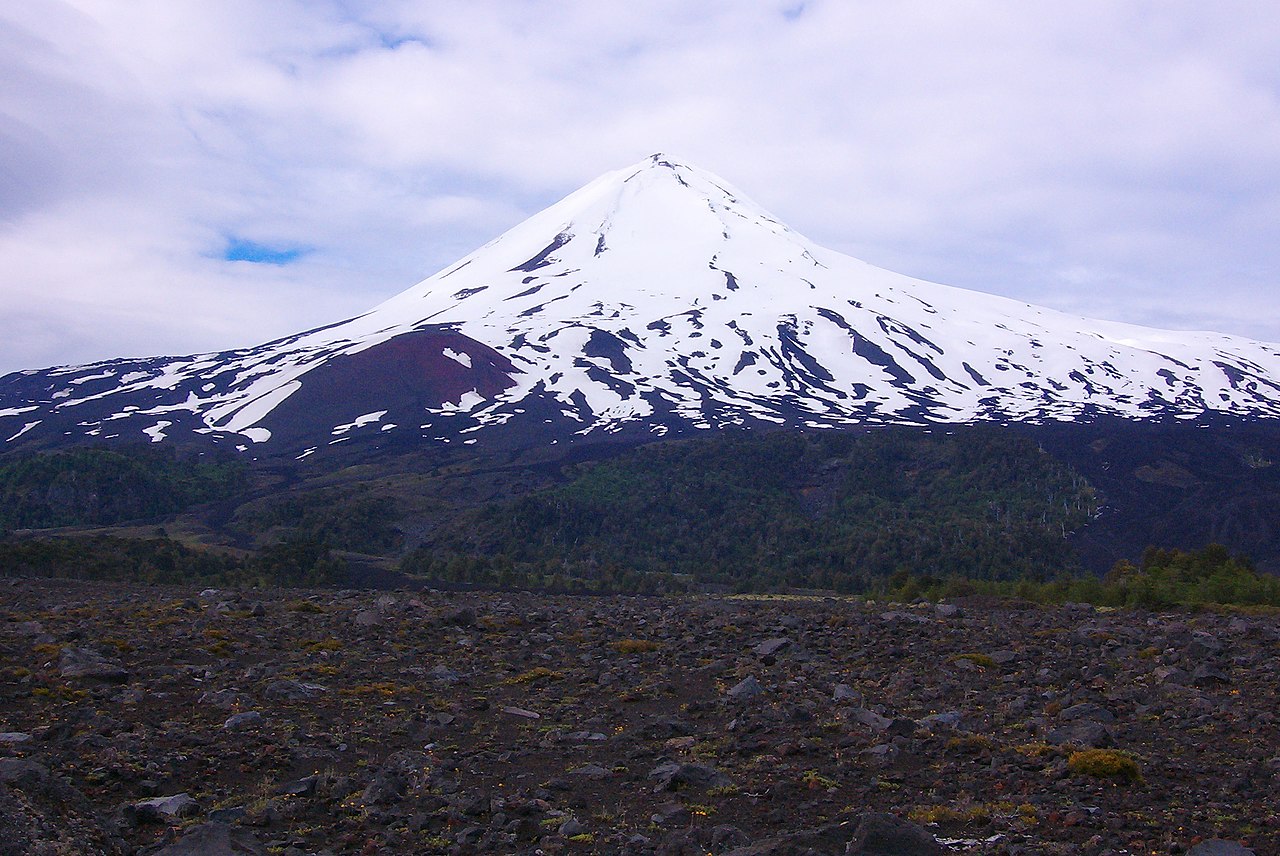November 10, 2023. EN . Iceland : Reykjanes Peninsula , Chile : Llaima , Kamchatka : Klyuchevskoy , Philippines : Taal , Colombia : Nevado del Ruiz .
November 10 , 2023. Islande , Peninsule de Reykjanes : Earthquake of M4.8 measured last night. The size of earthquakes does not necessarily mean an increased rate of magma…

